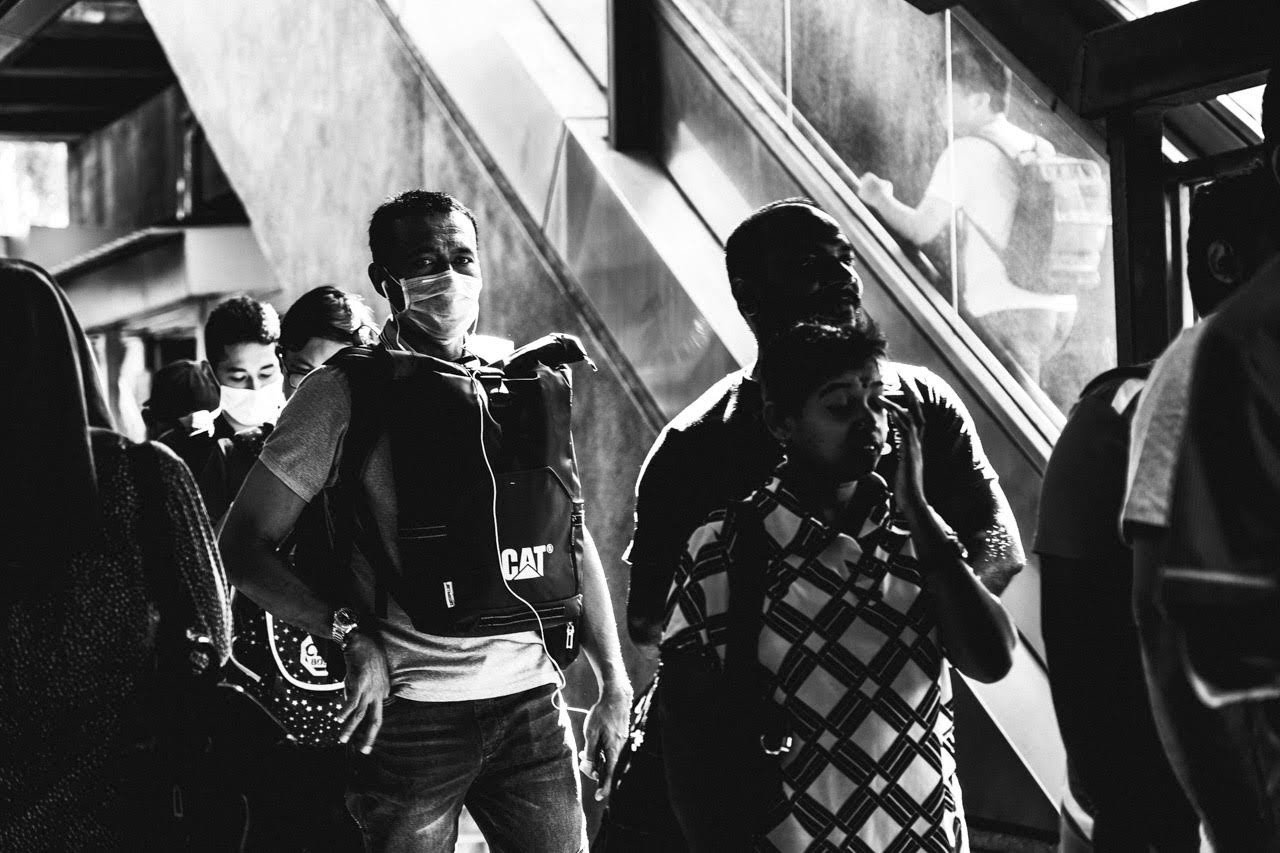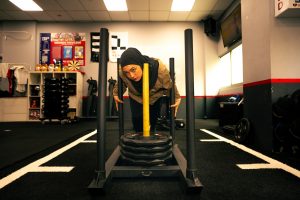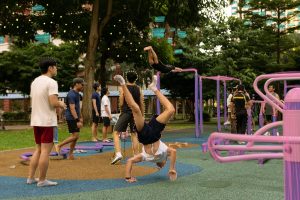All images from RICE File Photos.
It’s happened: on Saturday, May 2nd, the government announced that some of the circuit breaker measures would be gradually eased, starting from the following week, on the basis that the number of “community cases” has been declining.
Based on the current classification framework, ‘community cases’ is one of the three sub-categories under ‘non-imported’ cases. In essence, it refers to everyone who is neither a dorm resident nor a Work Permit holder.
It is perfectly reasonable to distinguish ‘community cases’ from ‘dormitory cases’ or ‘Work Permit cases’ for the purposes of case management, given that different groups require different intervention strategies. We can be relieved that the number of cases outside the dorms is declining, and take some pleasure in the CB restrictions being eased.
What we should not do, however, is allow the announcement to lull us into complacency—not just because the outbreak is still raging, but because the definition of ‘community’ it rests on is an artificial one.

At the announcement press conference, Minister Lawrence Wong took pains to stress that relaxing the measures does not mean we are ‘out of the woods yet’. He’s right.
Given how much trouble we’ve had with both a) complacency and b) self-regulation on the whole, we should not regard this development as anything more than a precarious, possibly temporary respite. It’s not a reward for compliance or a sign that we’ve become more socially responsible.
Nonetheless, the rationale for the easing seems to run like this: the circuit breaker has been traumatic for everyone, causing massive inconvenience and hardship. Everyone has had to hunker down and stay put.
Now that cases outside the dorms have begun stabilising, remaining mostly in the low 2-digits, this suggests that the outbreak has been somewhat contained. We can therefore begin thinking about how to loosen the screws, however slightly, in the least risky way possible for everyone else.
Thank god, we sigh. After a month of suffocation, even an inch of give feels like a mile.
So from tomorrow, May 5th, we begin to breathe a little easier, even if the relaxation amounts to only the smallest gust of air. Why shouldn’t we, we tell ourselves, if the outbreak has been mostly limited to a specific, isolated, population?
If the community is doing better, why can’t life start going back to normal for us (whatever ‘normal’ means now)? Even if cases are still high in the dorms, what difference does this make to everyone else?

This reaction is understandable. It is also misguided on several levels.
Even if you take the most unsympathetic, brutally functional view, and see migrant workers solely in terms of the transmission risk they pose or the labour they provide, their absence from the workforce has implications for us all.
We remain utterly dependent on them whether the circuit breaker continues or not. If anything, Covid-19 has exposed just how reliant on them we are.
Construction projects cannot resume without their manpower. Our roads will not be paved. Our shipyards will remain empty. Our estates will not be cleaned. Moreover, the healthcare system will still be stretched looking after over 14,000 migrant workers who have tested positive (and counting).
Both the numbers in and out of the dorms are critical from a policy perspective. So long as the virus continues to rage within them, the ‘rest of us’ will be kneecapped. Our country will not get back on its feet until everyone does.
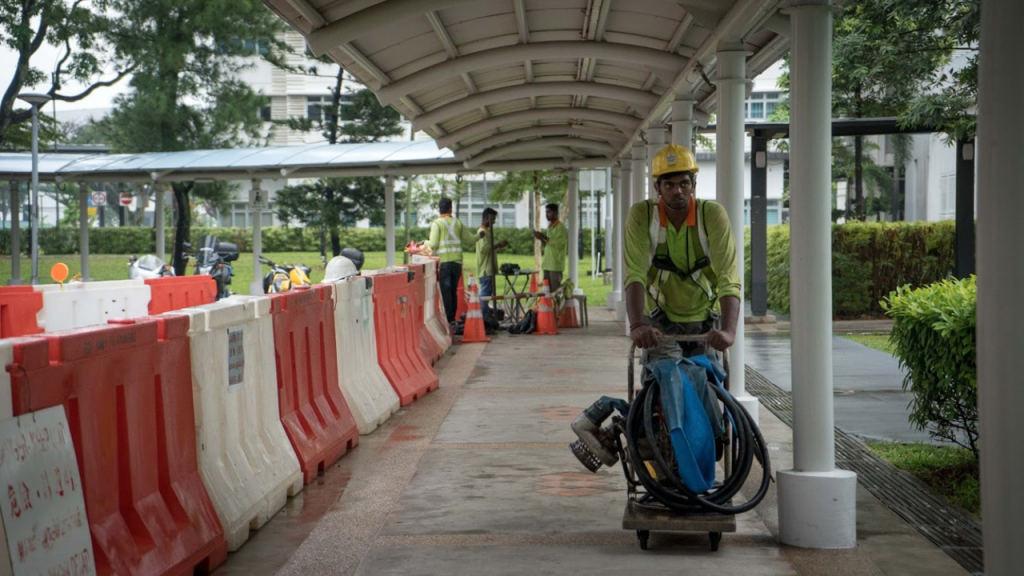
There are further reasons to hesitate before rushing to cheer the easing.
First, we should be cautious about seemingly low ‘community’ numbers, given how little we know about asymptomatic transmission, as well as the relatively low testing rates amongst the broader population.
Second, the easing has been premised on a temporary, artificially narrow definition of ‘community’. This definition exists solely for reasons of case management and epidemiological strategy. It should hold up only as long as the outbreak does.
Third, the danger of taking the current classification at face value, where ‘community’ means ‘everyone who is not a migrant worker’, is that we let it entrench a false and artificially narrow sense of what ‘community’ really means.
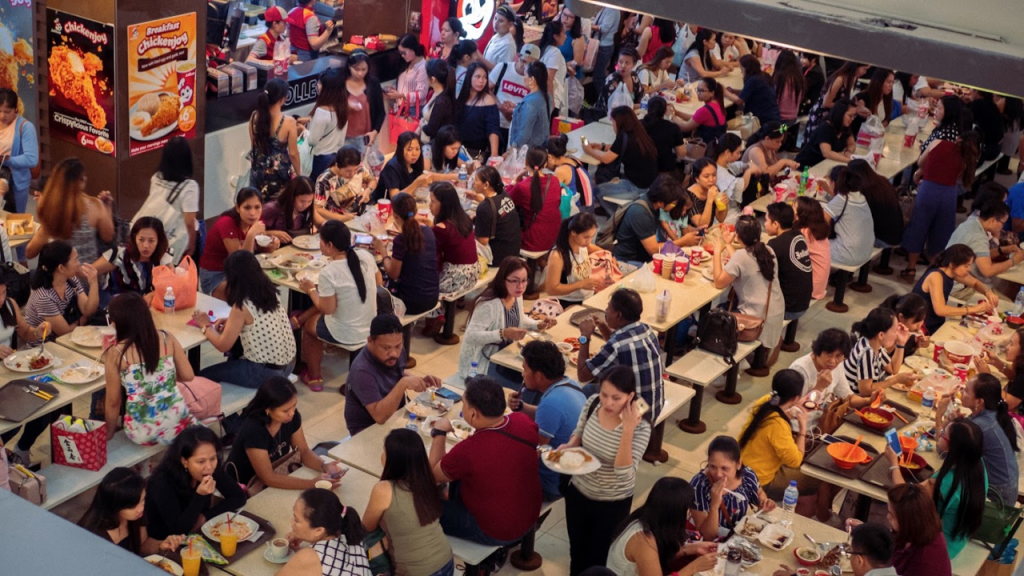
‘Community’, as a concept, exists on several levels. It refers to people as well as places, and ideas as much as physical reality.
In many cases, the version of Singapore which exists in our heads does not match the real-life one. We cannot talk of community without asking who falls within it; who ‘gets’ to belong in the malls, parks, and estates which make up our country, and who is excluded.
Many have pointed out how NIMBYism relegated workers’ dorms to far-flung areas like industrial Jurong or Woodlands. Migrant workers ended up living there because we didn’t want them in our neighbourhoods; it was far easier to keep them out of sight, and therefore out of mind.
This has perpetuated the delusion that we do not live, mingle, and move about in the same spaces. There are limits to the pretence that migrant workers can be packed into ghettos to exist apart from the rest of us. (For one, there just isn’t the space. You can drive across the whole island in under two hours.)
Even if they return to their dormitories at night—bearing in mind that a considerable number of migrant workers do not live in dormitories, but in HDB estates and other private accommodation—they come out to work amongst us during the day, cut our grass, and clear our trash. They sit next to us on the MRT, go to the same shops, and pass us in the streets.
The CB, in a sense, is but another version of this virtual reality. When it is finally lifted, along with the Stay-Home Notices for construction workers, we will go back to existing in the same spaces as we always have.
Over the last couple of weeks, there has been growing sentiment that the ‘real’ measure of Singapore’s success in battling Covid-19 should be the number of cases outside migrant workers’ dormitories.
This is not only complacent, but breathtakingly callous. We should not feel better about the CB easing if it means we derive comfort by saying the dormitories can “almost be viewed as a separate outbreak”. We should certainly not be doing this when a ‘them vs. us’ mentality was arguably what got us here in the first place.

Even if Singapore begins crawling back to life tomorrow, progress will be slow.
Our globalised economy means that we can’t recover unless the rest of the world does. It does not look like this will happen for a long time. Countries are all wary of lifting restrictions too quickly in case of a second/third/fourth wave of infections. Economies remain depressed. There is still no vaccine.
Internally, while any lifting of restrictions is welcome, we should be wary of celebrating too soon. There is a real risk of complacency over safe distancing, as well as indulging—however inadvertently—in nationalist sentiment. We can feel glad about regaining some liberties, but we shouldn’t cheer if our nicer, cleaner community numbers exist only by excluding hundreds of thousands of vulnerable migrant workers.
Covid-19 has provided an opportunity for us to reconsider our ways of thinking—in particular, whether it’s time to move away from a market-oriented, efficiency-driven model as our primary measure of success and which has normalised the current, narrow definition of ‘community’. If we truly are the inclusive, united country we pride ourselves on being, our idea of ‘community’ must evolve to include ‘everyone’.
Don’t be put off by the email address, we’re happy to hear from everyone. Send us your thoughts on this piece at community@ricemedia.co.

